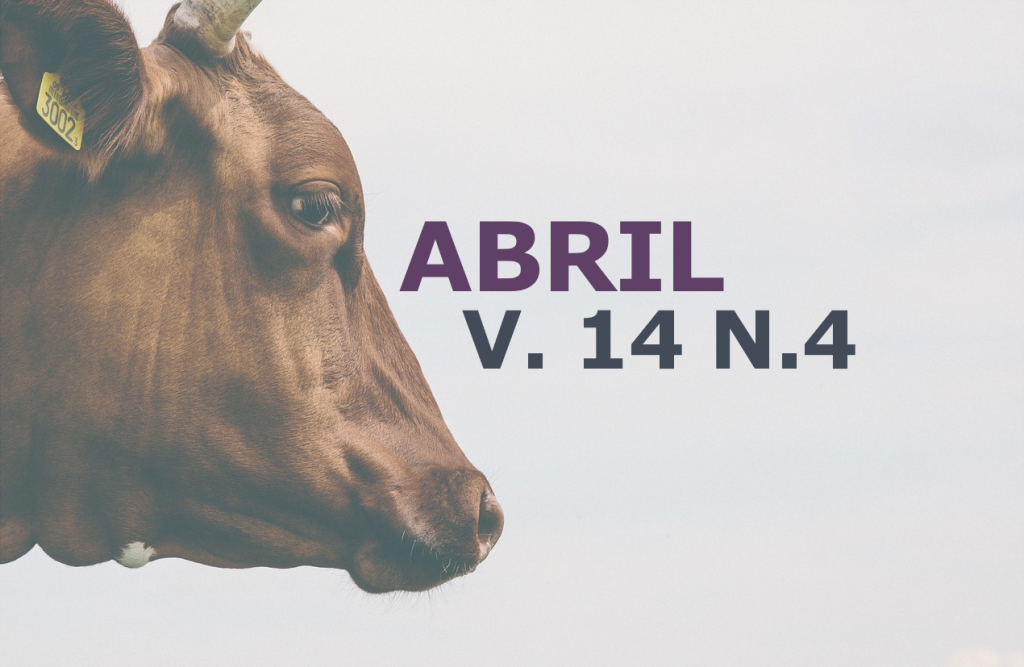Desempenho produtivo, composição química e morfogênese de Megathyrsus maximus cv. Tamani sob períodos de descanso
DOI:
https://doi.org/10.31533/pubvet.v14n4a554.1-8Keywords:
chemical composition, dry matter, leaves, tillering, senescenceAbstract
The effects of pasture rest period (14, 21, 28, 35 and 42 days) on green dry matter (GDM) yield, chemical composition and morphogenetic and structural characteristics of Megathyrsus maximus cv. Tamani were evaluated under natural field conditions at the Roraima´s savannas. The decrease of rest period resulted in higher GDM yields, however implied significant decreases in the levels of nitrogen, phosphorus, calcium, magnesium and potassium. The leaf appearance rate and tiller populational density are inversely proportional to rest period, occurring the inverse for leaf senescence rate. Maximum GDM yields, number of live leaves tiller-1, average leaf length, leaf expansion rate and leaf area index were obtained with rest periods of 38.4; 30.4; 33.8; 15.2 and 36.2 days, respectively. These data suggest that pasture grass grazing at 35 days of rest period were optimal for obtain maximum yields and regrowth of rich forage.
Downloads
Published
Issue
Section
License
Copyright (c) 2020 Newton de Lucena Costa, Liana Jank, João Avelar Magalhães, Antônio Neri Azevedo Rodrigues, Amaury Burlamaqui Bendahan, Vicente Gianluppi, Braz Henrique Nunes Rodrigues, Francisco José de Seixas Santos

This work is licensed under a Creative Commons Attribution 4.0 International License.
Você tem o direito de:
Compartilhar — copiar e redistribuir o material em qualquer suporte ou formato
Adaptar — remixar, transformar, e criar a partir do material para qualquer fim, mesmo que comercial.
O licenciante não pode revogar estes direitos desde que você respeite os termos da licença. De acordo com os termos seguintes:
Atribuição
— Você deve dar o crédito apropriado, prover um link para a licença e indicar se mudanças foram feitas. Você deve fazê-lo em qualquer circunstância razoável, mas de nenhuma maneira que sugira que o licenciante apoia você ou o seu uso. Sem restrições adicionais
— Você não pode aplicar termos jurídicos ou medidas de caráter tecnológico que restrinjam legalmente outros de fazerem algo que a licença permita.





